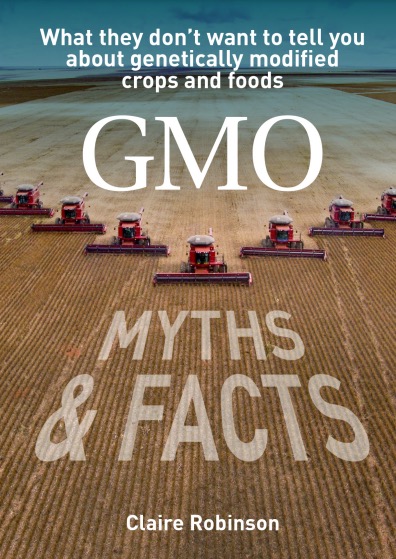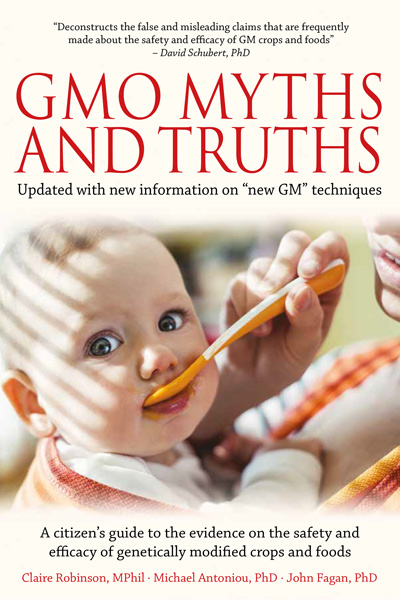Estimates from state extension weed scientists show suspected dicamba damage has affected at least 3.1 million acres of soybeans — an area approaching the size of Connecticut
EXCERPT: [Kevin Bradley, a plant sciences professor at the University of Missouri, said,] “In comparison to the previous reports from just a few weeks ago, the number of cases under investigation in many states in the Midwest has at least doubled, and the soybean acreage estimated with dicamba injury has increased dramatically in many of these same locations.”
—
Survey: Reports of dicamba damage continue to spread nationally
By Bryce Gray
St Louis Post-Dispatch, 15 Aug 2017
http://www.stltoday.com/business/local/reported-dicamba-damage-still-escalating-nationally-according-to-updated-survey/article_1051b12d-daee-523b-a935-07ee2e1f1555.html
[links to sources at the URL above]
Scientists tracking reported dicamba damage released new data Monday that show the controversial weedkiller’s suspected footprint widening significantly, as numbers of investigations and estimated acres of soybeans injured spiral ever higher, especially across the Midwest.
The data, compiled by Kevin Bradley, a plant sciences professor at the University of Missouri, now show complaints about the herbicide’s off-target movement have been made in 21 states, in a broad area stretching from North Dakota to Georgia.
Through surveys of state departments of agriculture, the findings identify at least 2,242 official investigations into dicamba damage nationwide, as of Aug. 10. Estimates from state extension weed scientists, meanwhile, show suspected dicamba damage has affected at least 3.1 million acres of soybeans overall — an area approaching the size of Connecticut.
The numbers are significant not just for their size and scale, but also for the rate at which they’ve leapt since Bradley conducted a similar survey just three weeks prior, when there were 1,411 investigations in the country across an estimated 2.5 million acres.
“Because there was still a lot of spraying that was occurring in the Midwest at the time, those maps were out of date the moment they were published,” Bradley wrote in the online post accompanying the updated totals. “In comparison to the previous reports from just a few weeks ago, the number of cases under investigation in many states in the Midwest has at least doubled, and the soybean acreage estimated with dicamba injury has increased dramatically in many of these same locations.”
Beginning this growing season, new formulations of the weedkiller were available for use with cotton and soybean seed varieties genetically engineered to tolerate the chemical. Though the new forms of dicamba are supposedly less prone to vaporizing and drifting off target than old varieties, experts say their widespread use and continued concerns about volatility have fueled this year’s eruption of complaints.
As Bradley notes, the ultimate effect any dicamba damage will have on yields and on farmers financially cannot truly be quantified until harvest time.
“In reality, we will likely not know the extent of dicamba damage until the end of the season,” he wrote.










